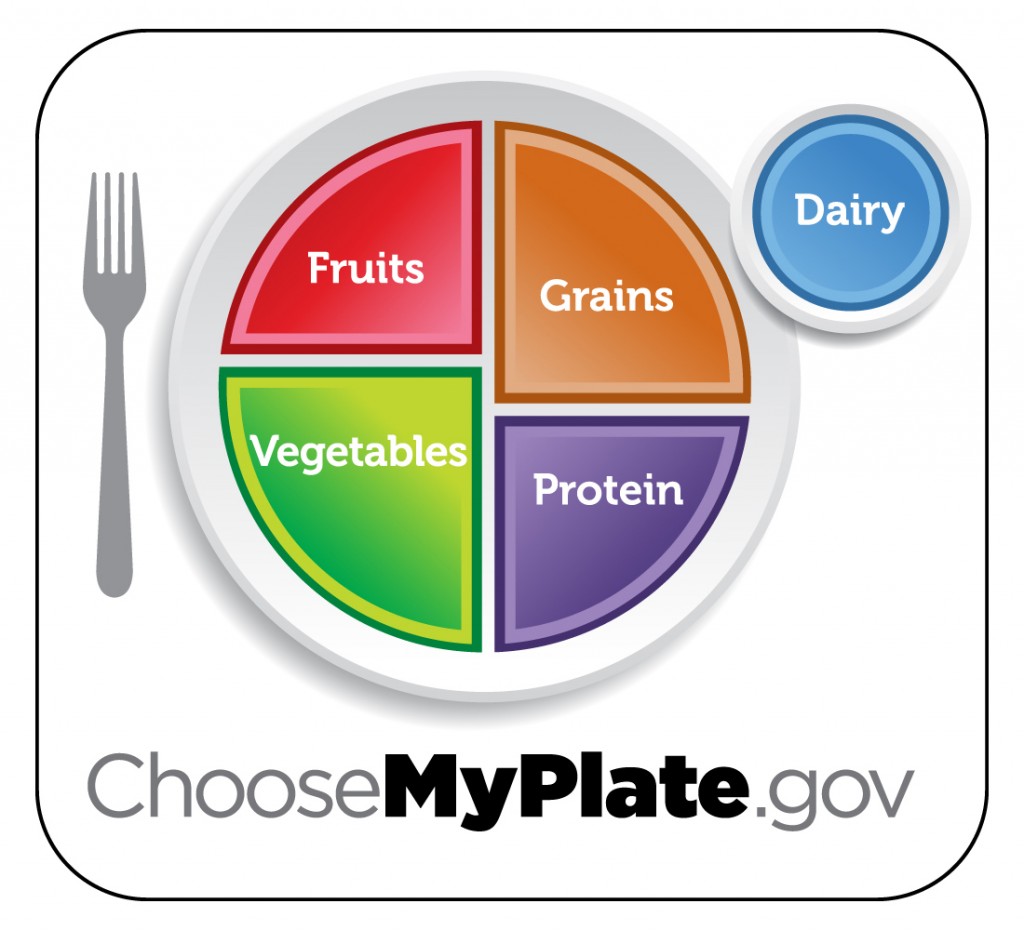Today I want to talk a bit about the Dietary Guidelines for Americans-you know, the food pyramid and more recently MyPlate?
The Dietary Guidelines for Americans are updated every 5 years, so the newest version will come out at the end of 2015. A committee of scientists and experts (the Dietary Guidelines for Americans Committee) is currently worked on a science-based report to advise the next guidelines. Basically, the committee reviews lots and lots of studies and uses the evidence they find to determine what to recommend. They will then submit a report to the government, who will release guidelines. The report may look different from the original guidelines because other factors may come into play.
Anyways, the committee is having meetings to discuss their findings and ideas, and these are open to be viewed by the public. They are webcasted, and I watched the July 17-18 meetings, which lasted a day and a half. If anyone is interested, to watch the next meeting on September 16-17, go to their website and you can register. You will then get sent a link to the videos.
It was definitely interesting to watch. In terms of dietary data, their findings seemed to be consistent with the advice in the 2010 dietary guidelines. The guidelines are interesting to read-the first ones are from 1980, and I’ve read all of them up to 2010. They actually haven’t changed a whole lot since then-they’ve just gotten more detailed. The first one was maybe 15 pages, while the most recent was almost 100! They are all available on the USDA’s website.
One thing to look for in 2015 is the new focus on sustainability. The 2015 guidelines will include recommendations for a sustainable diet, as well as a nutritiously sound one, although from their current findings, it looks like a nutritionally strong diet is also very sustainable.
Out of the however-many hours of the meeting, one particular comment really stuck out to me.
“If the overall diet quality is high, the specific pattern doesn’t matter.”
This means, if the diet has lots of healthy, nutrient dense foods, the type of diet doesn’t matter-they are all equally healthy to reduce disease risk and maintain healthy body weight. The common qualities of disease risk-reducing diets were found to be high in fruits and vegetables, whole grains, and low in processed meats, refined grains, and sugar sweetened foods and beverages.
This comes back to my REAL foods philosophy. If you’re eating the good stuff, it doesn’t matter if you eat exactly the recommended ratio of fats, carbohydrates, and proteins. You can be vegan, vegetarian, no-sugar, gluten free, low carb, 80/10/10-it doesn’t matter as long as you chose nutritious foods. I loved hearing this from a scientific perspective. Our bodies are pretty adaptable, and no one pattern of eating is right or wrong. Additionally, everyone is different, so what works for some may not work for others-so don’t try to model your pattern of eating to something that Instagram or twitter says is the “right” way of eating.
Just eat real foods.






